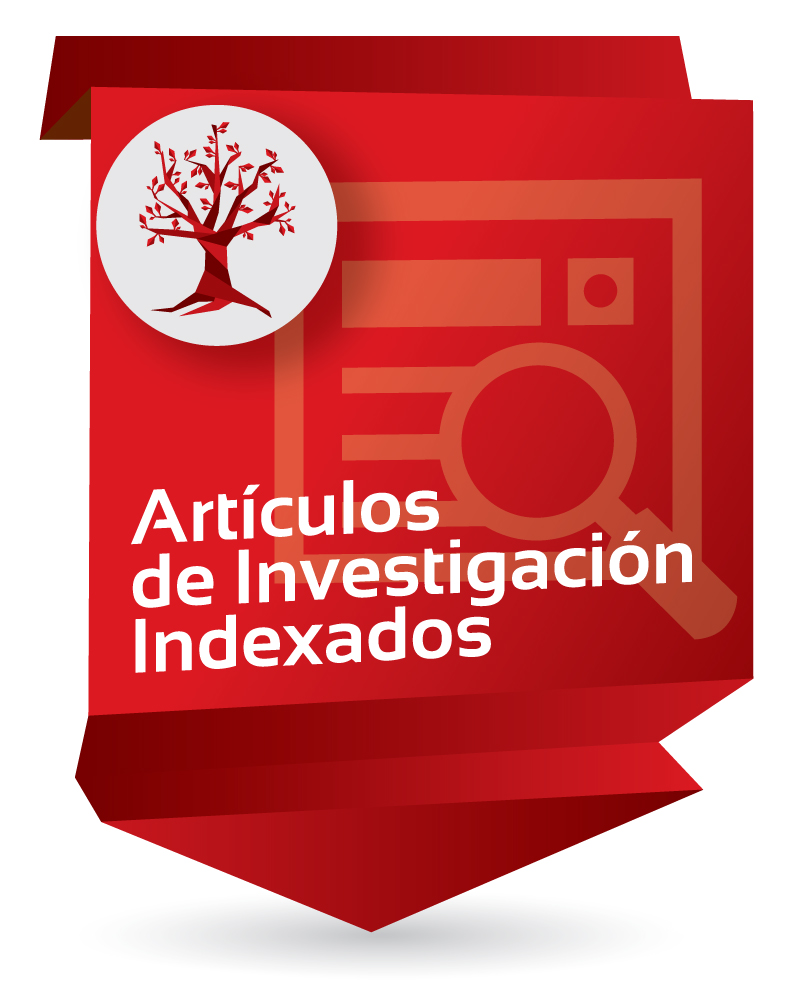Microbial diversity and abundance of hg related genes from water, sediment and soil the colombian amazon ecosystems impacted by artisanal and small-scale gold mining

Enlaces del Item
URI: http://hdl.handle.net/10818/62227Visitar enlace: https://www.scopus.com/inward/ ...
ISSN: 456535
DOI: 10.1016/j.chemosphere.2024.141348
Compartir
Estadísticas
Ver Estadísticas de usoCatalogación bibliográfica
Mostrar el registro completo del ítemAutor/es
Cardona G.I; Escobar M.C; Acosta-González A; Díaz-Ruíz N; Niño-García J.P; Vasquez Y; Marrugo-Negrete J; Marqués S.Fecha
2024Resumen
The Amazon region abounds in precious mineral resources including gold, copper, iron, and coltan. Artisanal and small-scale gold mining (ASGM) poses a severe risk in this area due to considerable mercury release into the surrounding ecosystems. Nonetheless, the impact of mercury on both the overall microbiota and the microbial populations involved in mercury transformation is not well understood. In this study we evaluated microbial diversity in samples of soil, sediment and water potentially associated with mercury contamination in two localities (Taraira and Tarapacá) in the Colombian Amazon Forest. To this end, we characterized the bacterial community structure and mercury-related functions in samples from sites with a chronic history of mercury contamination which today have different levels of total mercury content. We also determined mercury bioavailability and mobility in the samples with the highest THg and MeHg levels (up to 43.34 and 0.049 mg kg−1, respectively, in Taraira). Our analysis of mercury speciation showed that the immobile form of mercury predominated in soils and sediments, probably rendering it unavailable to microorganisms. Despite its long-term presence, mercury did not appear to alter the microbial community structure or composition, which was primarily shaped by environmental and physicochemical factors. However, an increase in the relative abundance of merA genes was detected in polluted sediments from Taraira. Several Hg-responsive taxa in soil and sediments were detected in sites with high levels of THg, including members of the Proteobacteria, Acidobacteria, Actinobacteria, Firmicutes and Chloroflexi phyla. The results suggest that mercury contamination at the two locations sampled may select mercury-adapted bacteria carrying the merA gene that could be used in bioremediation processes for the region. © 2024 The Authors
Palabras clave
Ubicación
Chemosphere Vol. 352
Colecciones a las que pertenece
- Facultad de Ingeniería [585]

















